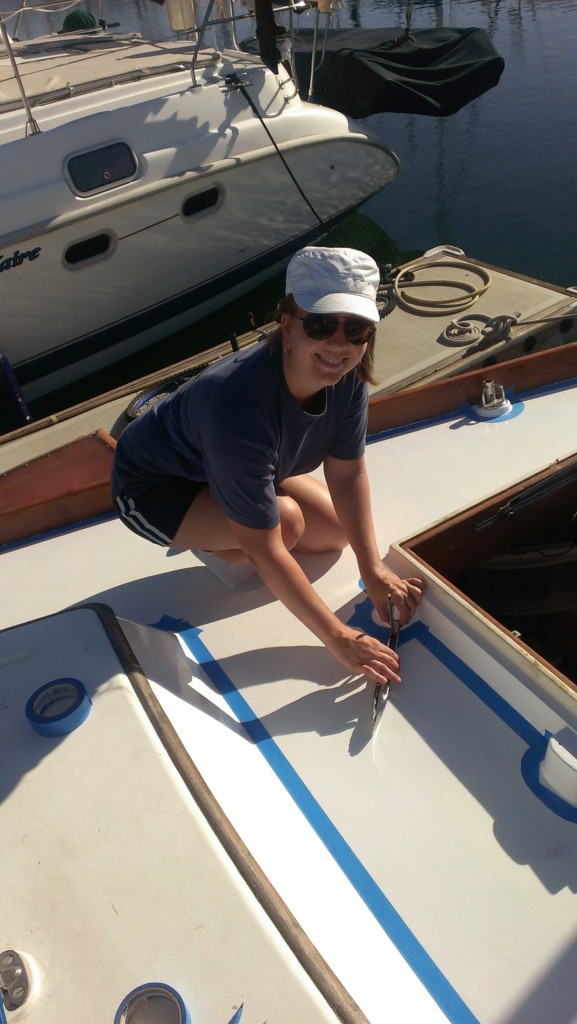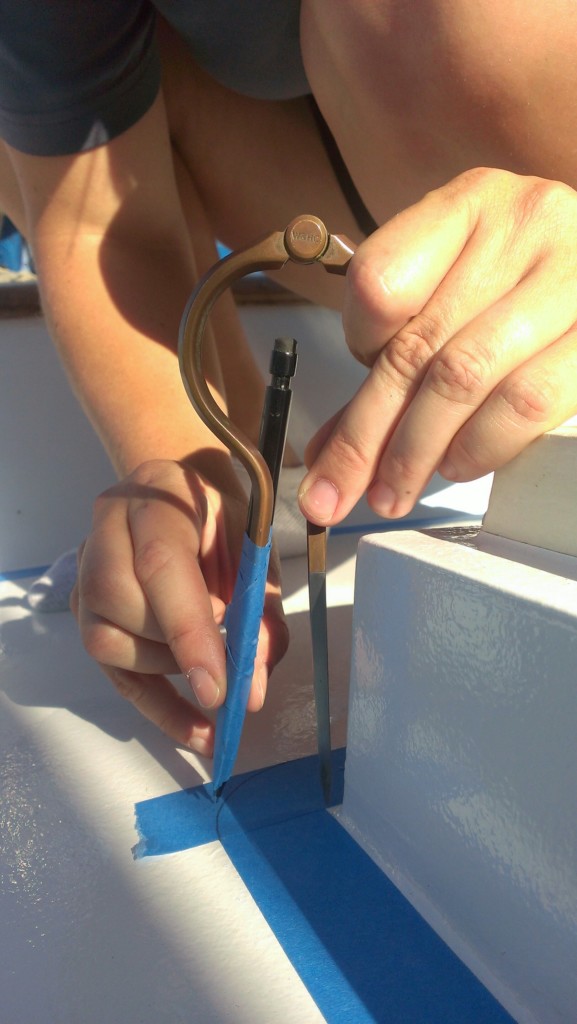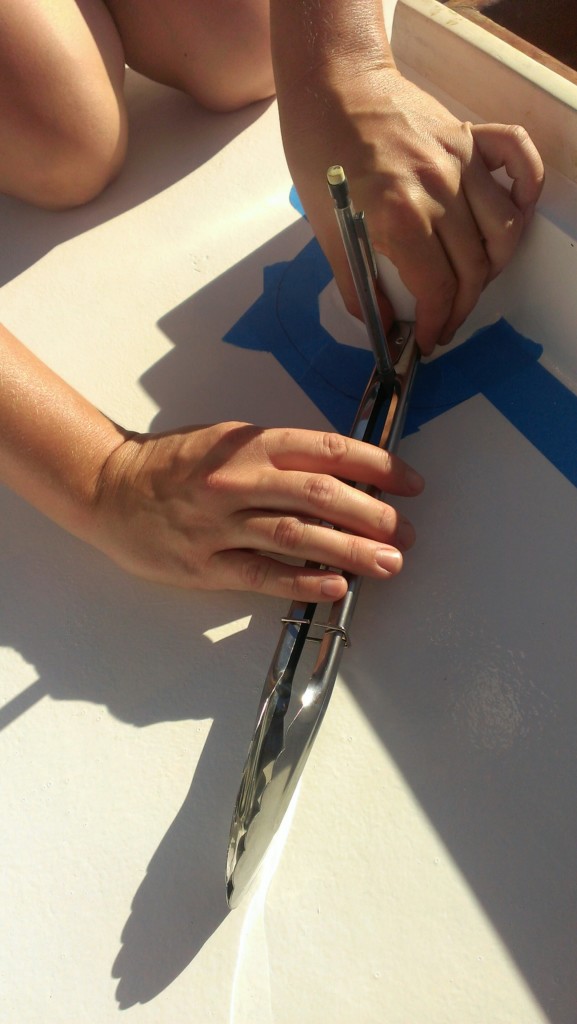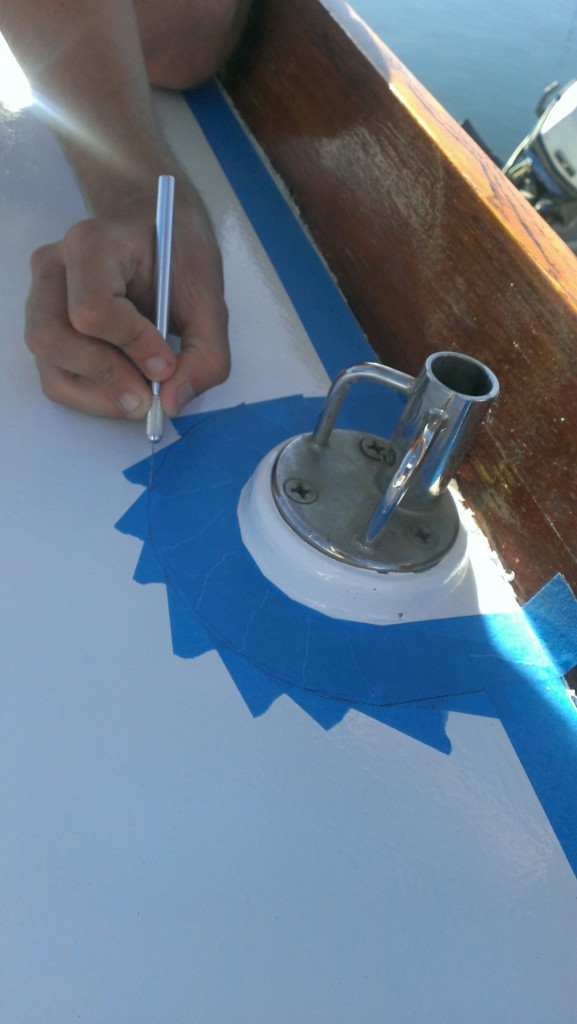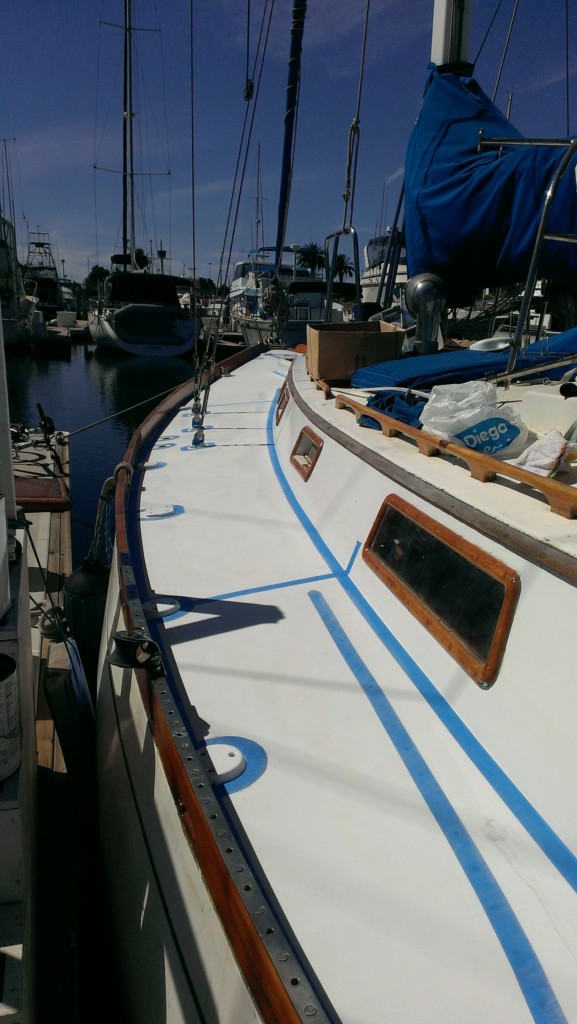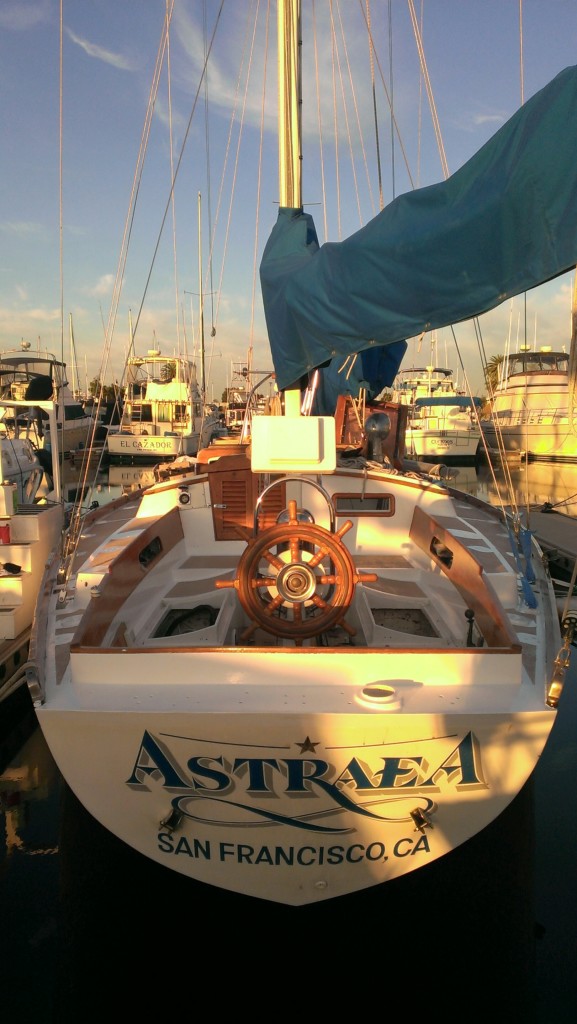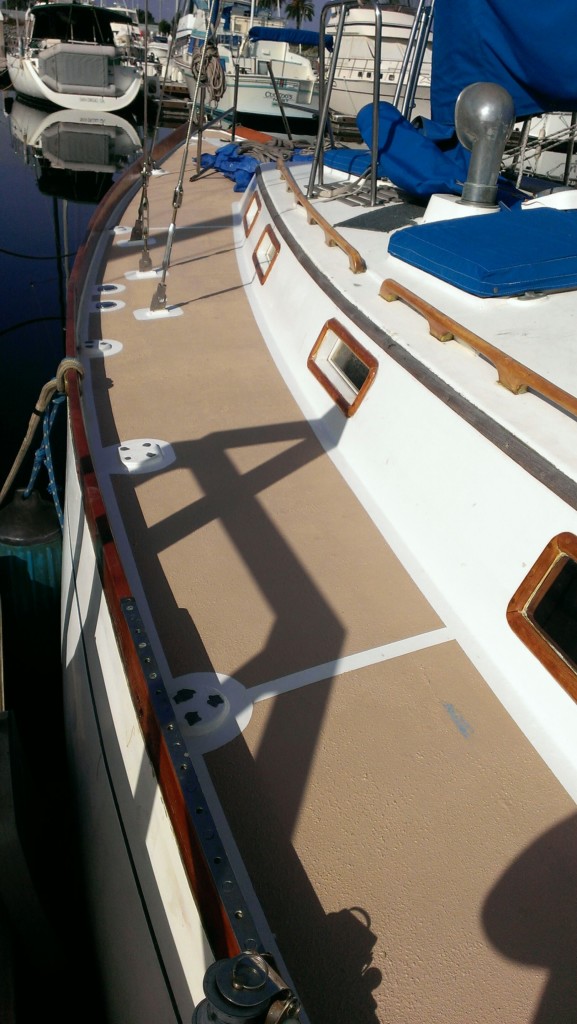In many cultures there is a harvest festival or feast, celebrating the
end of the toil in the fields, growing and harvesting the food for the
winter, and before the start of the rationing needed to make that
harvest last until the first crops of the spring are available.
Americans have set aside the forth Thursday in November as such a holiday. I have no familiarity with the harvest feast customs elsewhere, but in the United States, while there is typically a feast (turkey-based, traditionally), this also is a time of reflection, of recognition of the bounty which we receive on a daily basis (would you rather be the King of England in 1263, or you, today? Yeah, exactly).
It doesn't seem too much to spend one day in an attitude of thankfulness for our bounty. So no matter where in the world you might be, please join us aboard Eolian in giving thanks for:
Bob & Jane
Americans have set aside the forth Thursday in November as such a holiday. I have no familiarity with the harvest feast customs elsewhere, but in the United States, while there is typically a feast (turkey-based, traditionally), this also is a time of reflection, of recognition of the bounty which we receive on a daily basis (would you rather be the King of England in 1263, or you, today? Yeah, exactly).
It doesn't seem too much to spend one day in an attitude of thankfulness for our bounty. So no matter where in the world you might be, please join us aboard Eolian in giving thanks for:
- Our friends and families who are there for us, giving support in our times of need, and are there also on a daily basis to fulfill that most basic human need: companionship. We are all in this together.
- The most amazing assortment of food available to mankind, in the history of the world, and all year round to boot (do any of you still remember receiving an orange for Christmas, and why that was so special?)
- Energy and technology that would make us all, every one, to be taken as Class 5 Wizards to those living but 100 years ago.
- Peace, and the freedom to live our lives according to our desires (for the most part)
- Those who gave up their time, their health, or their very lives in the service of this country that we might enjoy these things.
- [Please add 5 items of your own here]
Bob & Jane

